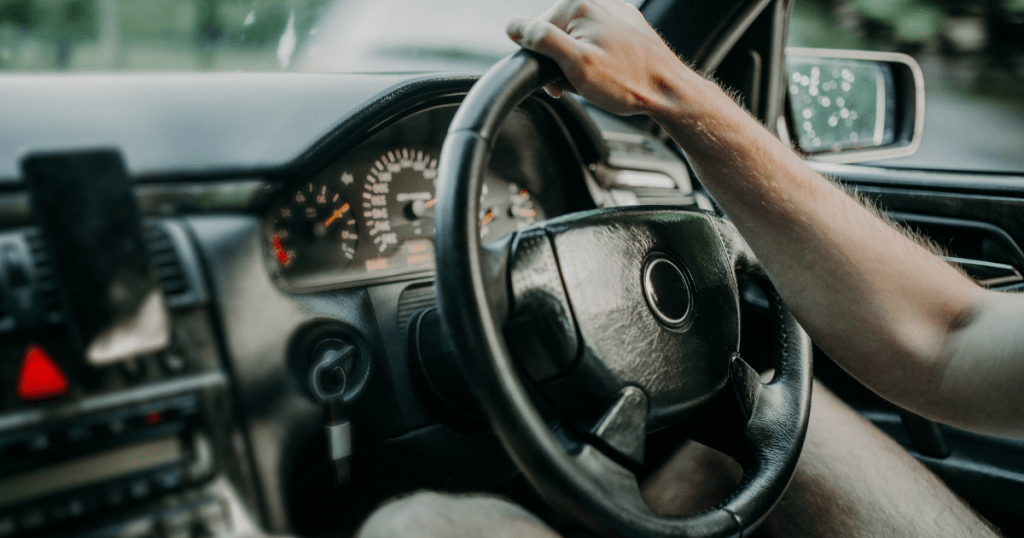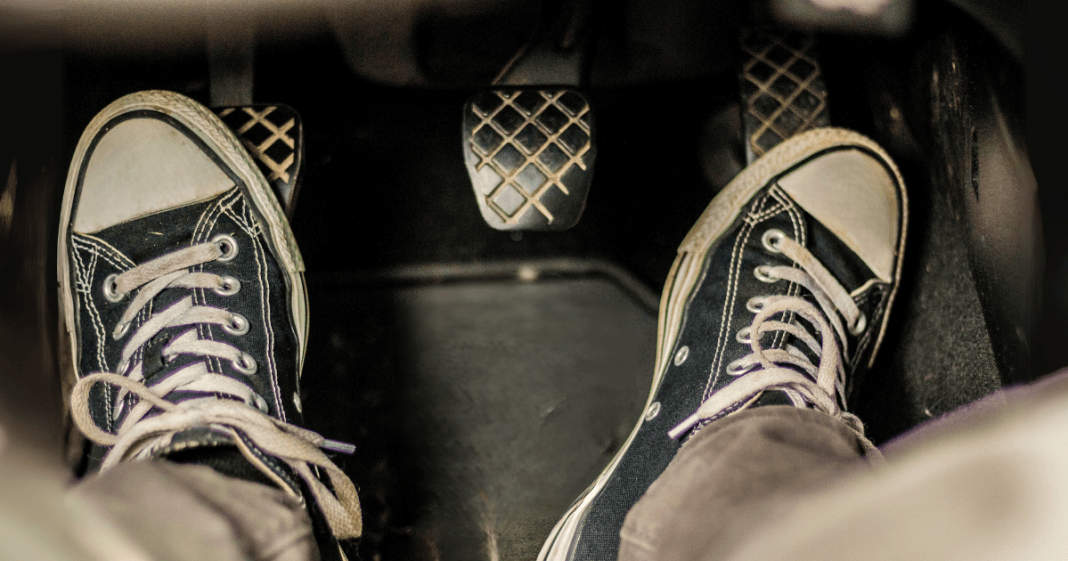Last Updated on September 24, 2024
Stalling a car is a common and often frustrating experience for learner drivers, particularly those getting accustomed to a manual transmission vehicle. While it can be unsettling, understanding why cars stall and knowing how to recover quickly can help you build confidence behind the wheel. In this guide, we will delve into the common causes of stalling and provide practical steps to manage and prevent it, helping you to become a more proficient driver.
Understanding Stalling: A Natural Part of Learning to Drive
When learning to drive, one of the most challenging skills to master is clutch control. Despite the increasing popularity of automatic cars in the UK, the majority of learners still learn to drive in manual vehicles. This means that understanding what it means to stall a car, why it happens, and how to recover from it is essential. Stalling is not a sign of failure or something to be embarrassed about; rather, it’s a typical part of the learning curve.
There are several reasons why a car might stall, many of which relate to how the clutch pedal is used. Whether it’s not using enough acceleration when moving off, attempting a hill start, or selecting the wrong gear, stalling is an inevitable part of mastering a manual car. It’s important to remember that even seasoned drivers with years of experience can stall, especially in challenging situations such as moving off quickly at a busy roundabout or on an incline. By understanding these causes, you can take steps to avoid stalling and recover more effectively when it happens.

What Should You Do When You Stall?
Stalling a manual car can be startling, especially in a busy traffic situation. Here’s a step-by-step guide on how to recover calmly and efficiently:
- Stay Calm: Panicking will only make the situation worse. Take a deep breath and focus.
- Press the Footbrake: This prevents the car from rolling, ensuring it stays in place.
- Press the Clutch Fully: Depress the clutch pedal completely to disengage the engine.
- Restart the Car: Turn the key or press the start button to restart the engine.
- Assess the Situation: Check if the car is in 1st gear and if more acceleration is needed. If on an incline, consider using the hand brake to prevent rolling back.
- Move Off Safely: Once you’ve identified the cause of the stall, gently release the clutch and apply the accelerator to move off smoothly.
As mentioned, stalling your car isn’t the end of the world. Approved Driving Instructor, Christopher Pett of World Driving, who also hosts a popular driving instructor YouTube channel gives his thoughts on what you should do when you stall.
“Stalling a manual car is one of those things that happens to everyone at some point when learning to drive. It even happens to qualified, experienced drivers.
It’s easy to stall a car when you demand more from it, such as moving off uphill or wanting to move off quickly at a busy roundabout. A lack of acceleration or releasing the clutch too quickly is a common cause of stalling.
It can be a shock when the car stalls at a time when you least want it to. Firstly, stay calm (easier said than done), press the footbrake to prevent the car from rolling somewhere you don’t want it to, press the clutch down fully and restart the car. Take a quick moment to figure out why it stalled. Is the car in 1st gear? Did you try and move off without enough acceleration? Would applying the parking brake help if it’s uphill? And calmly move off when it’s safe.
Some people recommend applying the parking brake every time and selecting neutral, but this takes time and could frustrate drivers behind you if you’re at a busy junction for example. Definitely apply the parking brake if you’re on a steep hill though as it really helps.
If you stall during your driving test the examiner will want to see you recover from it quickly but safely. You won’t necessarily fail for stalling if it hasn’t affected any other road users. If you stall at a red traffic light then you probably won’t even get a driving fault.”

How to Avoid Stalling in the Future
Preventing stalls involves a combination of practice and understanding your car’s mechanics. Here are some tips to help you avoid stalling:
- Practice Clutch Control: Spend time in a safe, quiet area practicing the balance between the clutch and the accelerator.
- Use the Handbrake on Hills: Engage the handbrake during hill starts to prevent rolling back and give you time to find the biting point.
- Smooth Gear Changes: Ensure you’re in the appropriate gear for your speed, and avoid sudden changes.
- Gradual Clutch Release: Release the clutch pedal slowly and smoothly to avoid sudden engine disengagement.
- Monitor Your Speed: When slowing down, press the clutch pedal fully to prevent the car from stalling.
Get More Practice
Stalling is a natural part of learning to drive a manual car. With practice and patience, you’ll find that it happens less frequently, and you’ll become more adept at handling it when it does occur. If you need more practice, consider getting a quote for provisional insurance with Collingwood to gain confidence behind the wheel.
Get a Learner Insurance Quote with Collingwood
FAQs
- Can automatic cars stall?
No, automatic cars are designed to avoid stalling since they manage the clutch automatically.
- Is stalling bad for your car?
Occasionally stalling your car is not harmful, but frequent stalling can put extra strain on the engine and transmission components.
- Why does my car stall when I stop?
This often happens if you forget to press the clutch pedal when coming to a stop, causing the engine to cut out.
- How do I prevent stalling at traffic lights?
Ensure you’re in the correct gear and gradually release the clutch while applying the accelerator smoothly.
- What should I do if I stall on a hill?
Engage the hand brake to prevent rolling, restart the car, find the biting point, and release the brake slowly while applying the accelerator.









